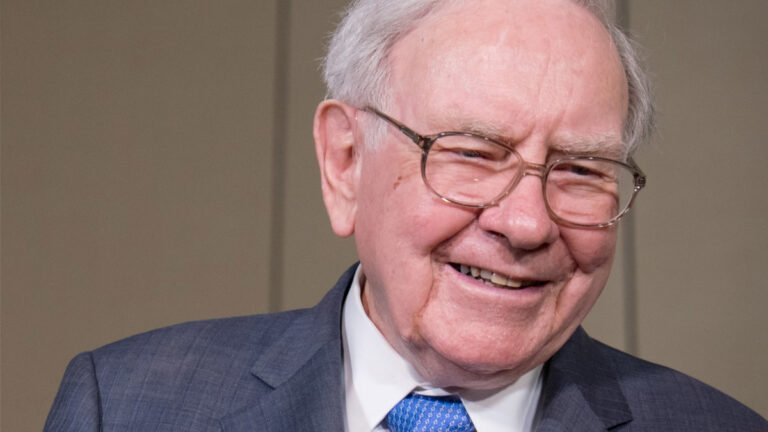Screening for foot problems early in people with diabetes is the need of the hour
Evidence on the prevalence of foot problems among people with diabetes in India at a national level is lacking. Hence, this study was aimed to assess the burden of high-risk (HR) feet in people with diabetes across India.Research design and methods.
Nearly 75% of the participants were aged above 45 years. Around 49% had diabetes duration >5 years and uncontrolled diabetes (hemoglobin A1c >8%). Presence of history of foot ulcer (20%), lower limb amputation (15.3%), foot deformities (24.5%) and absence of diminished dorsal pedis and posterior tibial pulses (26.4%) was noted in the study participants. Around 25.2% of them had HR feet and highly prevalent among males. Diabetic kidney and retinal complications were present in 70% and 75.5% of people with HR feet. Presence of heel fissures (OR (95% CI) 4.6 (4.2 to 5.1)) and callus or corns (OR (95% CI) 3.6 (3.3 to 4.0)) were significantly associated with HR feet.Conclusions
A cross-sectional national-level project ‘Save the Feet and Keep Walking’ campaign was conducted by the Research Society for the Study of Diabetes in India (RSSDI) from July 10, 2022 to August 10, 2022. A modified version of 3 min foot examination was used to assess the foot problems. Around 10 000 doctors with RSSDI membership were trained online to conduct foot screening and provided a standardised monofilament for detection of loss of protective sensation. People with diabetes aged >18 years who visited the clinics during the study period were examined for foot problems. Data were collected online using the semi-structured questionnaire. A total of 33 259 participants with complete information were included for the final analysis. The foot at risk was categorised based on International Working Group on the Diabetic Foot guidelines 2023.Results
One-fourth of people with diabetes were found to have HR feet in India. The findings are suggestive of regular screening of people with diabetes for foot problems and strengthening of primary healthcare.






